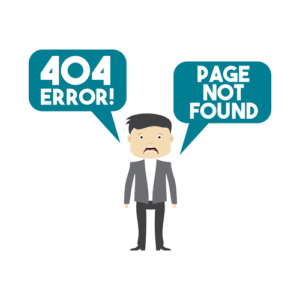
For financial professionals, knowing how to calculate total equity isn’t optional. Whether analyzing reports, guiding clients, or evaluating risk, this calculation shows up everywhere. You’ll move from identifying the components on a balance sheet to applying the equity equation with confidence. Company or shareholders’ equity can be determined by calculating the company’s total assets and liabilities. For example, the equity of a company with $1 million in assets and $500,000 in liabilities is $500,000 ($1,000,000 – $500,000). Treasury Stock refers to shares a company has repurchased from the open market.
InvestingPro: Access Total Equity Data Instantly
- These small units of business ownership are offered to the investors.
- Investors must assess the issuer’s financial health and creditworthiness before investing in preferred stock.
- For corporations, total equity is also referred to as shareholders’ equity, whereas for sole proprietors or partnerships, it might be labeled as owners’ equity.
- In addition to the components mentioned above, there are other unique details worth considering.
However, companies in capital-intensive industries may use more debt financing, leading to lower equity levels relative to their assets. For investors, Total Equity helps assess the company’s financial formula for total equity leverage and profitability. A rising equity balance is generally a positive sign, indicating that the company is increasing its value through retained earnings or by raising additional capital. Investors use equity to determine the company’s ability to generate returns and weather financial difficulties. Retained Earnings represent the cumulative net income a company has earned and chosen to keep within the business rather than distribute as dividends.

How to Find Equity to Asset Ratio?
Detail the methods used for calculating equity, including common stock, retained earnings, and treasury stock. This helps achieve Coffee Shop Accounting financial transparency and builds trust with stakeholders. Equity refers to the ownership stake that investors have in a company.

What Is a Debt-to-Equity Ratio?
- For investors, Total Equity helps assess the company’s financial leverage and profitability.
- When one buys the other, total equity may go up or down depending on factors like goodwill and intangible assets.
- Knowing these industry standards is vital for correctly understanding the debt to equity ratio.
- They had been doing well for years, but then the market shifted and they had to deal with more competition and higher marketing costs.
- By looking at the specific d/e ratio targets for each industry, we can judge a company’s financial health more accurately.
- Think of retained earnings as savings because it represents a cumulative total of profits that have been saved and put aside or retained for future use.
Current liability comprises debts that require repayment within one year, while long-term liabilities are liabilities whose repayment is due beyond one year. If you own an unincorporated small business, you already have equity. In this case, it’s just the value of all your assets (cash, equipment, etc.) minus all your liabilities . Learn how to build, read, and use financial statements for your business so you can make more informed decisions. The stockholders’ equity is only applicable to corporations who sell shares on the stock market. For sole traders and partnerships, the corresponding concepts are the owner’s equity and partners’ equity.


Accurate financial reporting is vital for maintaining investor trust and guaranteeing sound decision-making. The equity accounting formula can achieve precise financial reporting, which is essential for equity valuation and developing effective investment strategies. Owning 5 % equity in a company means holding a 5% ownership or share of the company’s total value. Understanding Total Equity is fundamental for anyone involved in financial investment or corporate finance. It’s a key marker of a company’s financial health and can provide valuable insights into investment decision-making. This means if the company liquidated its assets to https://www.univ-bouira.dz/fdsp/?p=6911 pay off its liabilities, shareholders would theoretically receive $300,000.
Capital Structure Decisions
- At its core, total equity equals total assets minus total liabilities.
- To achieve this, we can use debt reduction programs, equity financing, and retained earnings.
- The total assets value is calculated by finding the sum of the current and non-current assets.
- By analyzing the balance sheet, stakeholders can gain insights into the company’s ability to meet its financial obligations and assess its overall financial health.
- So, understanding equity is crucial for anyone trying to gauge a company’s financial well-being.
- A company can pay for something by either taking on debt (i.e., liabilities) or paying for it with money it owns (i.e., equity).
For instance, if a company reports total assets of $1,200,000 and total liabilities of $700,000, its total equity would be $500,000 ($1,200,000 Assets – $700,000 Liabilities). This method is straightforward and shows what remains for the owners after all financial obligations are met. Total equity serves as a measure of a company’s net worth, helping stakeholders assess its stability and long-term viability. Investors use total equity to assess the financial strength and growth potential of a company. Total Equity provides insight into a company’s net worth and its ability to sustain operations without external support.
Dodaj komentarz